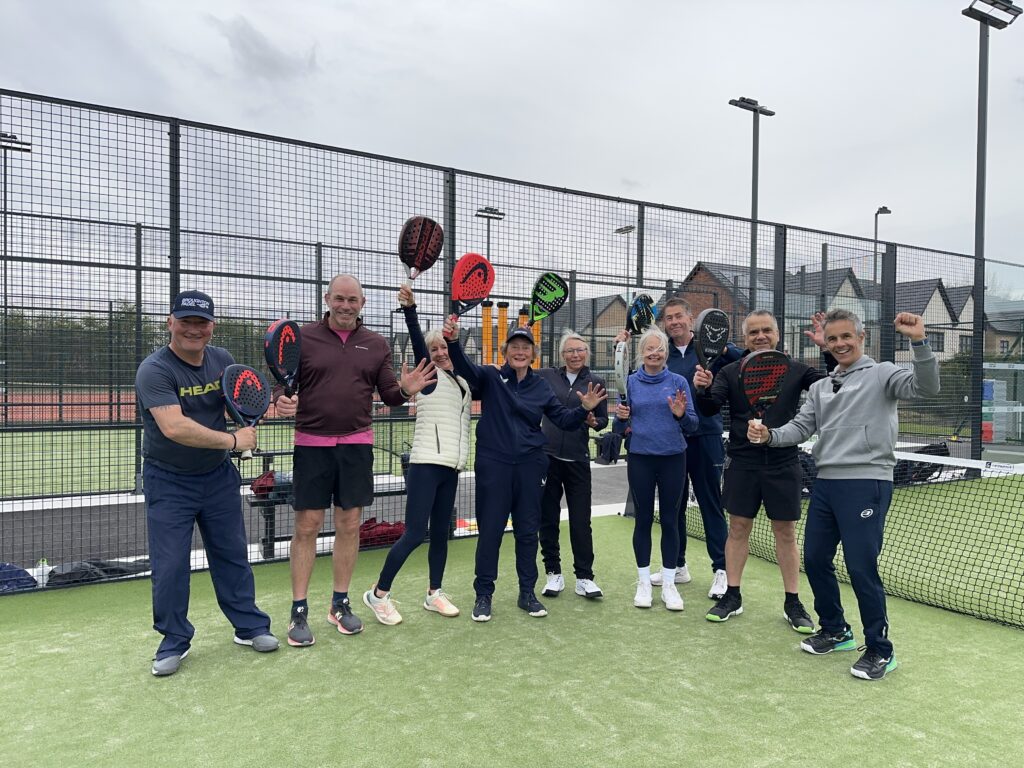
At the heart of every great coaching programme, you’ll find high-quality group sessions. They’re not just a way to get players hitting more balls — they’re powerful environments where players grow, connect, and stay committed to their development.
Done well, group coaching can:
- Increase the number of weekly players
- Provide cost-effective development opportunities
- Create social bonds that keep people coming back
- Boost your revenue and hourly rate
- And most importantly, get more people playing
But let’s not sugarcoat it — bad group coaching is dangerous. It can put players off, create tension on court, and send people straight to another venue or coach.
So what’s one of the fundamentals for great group sessions?
Creating the Social Environment
Human beings are wired to connect. According to Ryan & Deci (2000), social bonding is a key part of our motivation and well-being. In coaching, this matters massively. If your players feel connected to the group and to you as a coach, they’re way more likely to keep turning up.
Recently, I caught up with someone I used to train with as a junior. We hadn’t spoken in years, but the bond was still there. That’s what a strong group environment can do — it sticks with people.
As coaches, we can accelerate this bonding. Here are some simple but powerful ways to build that team feeling on court:
💡 11 Ways to Build Great Group Dynamics
- Use players’ names — all the time. It personalises feedback and builds rapport instantly.
- Kick things off properly. When a new group forms, make time to introduce everyone. Use warm-up games or partner activities to get people talking.
- Use inclusive language. Words like team, everyone, or let’s create a group identity.
- Get curious. Ask players about school, work, hobbies, what they enjoy about tennis. Build real connections.
- Set expectations. Make it clear that your court is a supportive, ego-free zone where everyone helps each other improve.
- Rotate pairings. Regularly change who players hit with — it’s great for both tennis skills and team dynamics.
- Give individual feedback to everyone, every session. Let each player feel seen and supported.
- Have equipment ready. Offering demo rackets or balls to try shows thoughtfulness — freebies go a long way.
- Create off-court connection. Set up a WhatsApp group or similar to share feedback, tips, and match updates.
- Host social events. BBQs, tournaments, family fun days — these build the culture around your sessions.
- Check in when someone’s missing. A quick message asking why someone didn’t turn up shows you care — and might uncover ways to improve your sessions.
Group coaching is an art and a science — but when you get the social environment right, everything else becomes easier. Your players engage more, progress faster, and stick around longer.
Have fun with your groups — and keep building that team energy. It matters more than you might think.
Reference:
Ryan, R. M., & Deci, E. L. (2000). Self-determination theory and the facilitation of intrinsic motivation, social development, and well-being. American Psychologist, 55(1), 68–78.
